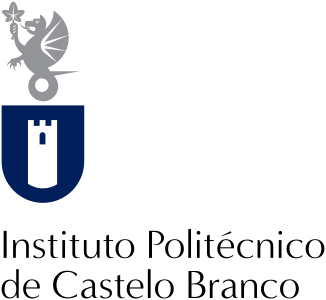Search results
16 records were found.
Vol. 2: Guiäo do professor
Contém referências bibliográficas
Reanimação hipovolémica
Dissertação de Mestrado em Enfermagem - Enfermagem Médico-Cirúrgica, a Pessoa em Situação Crítica, apresentada à Escola Superior de Saúde de São João de Deus da Universidade de Évora, 2017
Disponível na Biblioteca da ESACB na cota C30-25949TFCEZ.
Disponível na Biblioteca da ESACB na cota C30-20925TFCPF.
Cintigrafia de perfusão do miocárdio
Relatório do Trabalho de Fim de Curso de Engenharia das Ciências Agrárias – Ramo Animal.
Relatório do Trabalho de Fim de Curso de Engenharia das Ciências Agrárias – Ramo Agrícola.
Transmissible Spongiform Encephalopathies (TSEs) or prion diseases are a fatal group of infectious, inherited and spontaneous neurodegenerative diseases affecting human and animals. They are caused by the conversion of cellular prion protein (PrPC) into a misfolded pathological isoform (PrPSc or prion- proteinaceous infectious particle) that self-propagates by conformational conversion of PrPC. Yet by an unknown mechanism, PrPC can fold into different PrPSc conformers that may result in different prion strains that display specific disease phenotype (incubation time, clinical signs and lesion profile). Although the pathways for neurodegeneration as well as the involvement of brain inflammation in these diseases are not well understood, the spongiform changes, neuronal loss, gliosis and accumulation of PrPSc are the characteristic neuropathological lesions. Scrapie affecting small ruminants was the first identified TSE and has been considered the archetype of prion diseases, though atypical and new animal prion diseases continue to emerge highlighting the importance to investigate the lesion profile in naturally affected animals. In this report, we review the neuropathology and the neuroinflammation of animal prion diseases in natural hosts from scrapie, going through the zoonotic bovine spongiform encephalopathy (BSE), the chronic wasting disease (CWD) to the newly identified camel prion disease (CPD).
Wasting disease in small ruminants is frequently detected at slaughterhouses. The wasting disorder is manifested by the deterioration of the nutritional and physiological state of the animal indicated by thinness, emaciation, and cachexia. Evidence of emaciation and cachexia, alone, are pathological conditions leading to carcass condemnation during an inspection. Several diseases are associated with a wasting condition, including scrapie, pseudotuberculosis, tuberculosis, paratuberculosis, Maedi Visna, and tumor diseases. On the other hand, parasitic diseases, nutrition disorders, exposure or ingestion of toxins, metabolic conditions, inadequate nutrition due to poor teeth, or poor alimentary diet are conditions contributing to poor body condition. Classical and atypical scrapie is naturally occurring transmissible spongiform encephalopathies in small ruminants. The etiological agent for each one is prions. However, each of these scrapie types is epidemiologically, pathologically, and biochemically different. Though atypical scrapie occurs at low incidence, it is consistently prevalent in the small ruminant population. Hence, it is advisable to include differential diagnosis of this disease, from other possibilities, as a cause of wasting conditions detected during meat inspection at the abattoir. This manuscript is a review of the measures in force at the abattoir for scrapie control, focusing on the differential diagnosis of gross lesions related to wasting conditions detected in small ruminants during meat inspection.
Estimating sequence diversity of prion protein gene (PRNP) in portuguese populations of two cervid species: Red Deer and Fallow Deer






